Overview of Brain rot wiki: Interner Slang and Educational Innovation
Memes, Trends, and Phenomena Explained, From Origins to Impact, Definitions, Examples, and Analysis. Let's Dive Deep into Web Culture!
Part 1: Introduction to Brainrot
"Brainrot" is a colloquial term that emerged from internet culture, describing a state of intense cognitive fixation with specific brain rot content, particularly in electronic media consumption.
While Brain rot initially perceived as a negative phenomenon, recent educational brain rot innovations have begun exploring its potential for enhancing learning experiences.
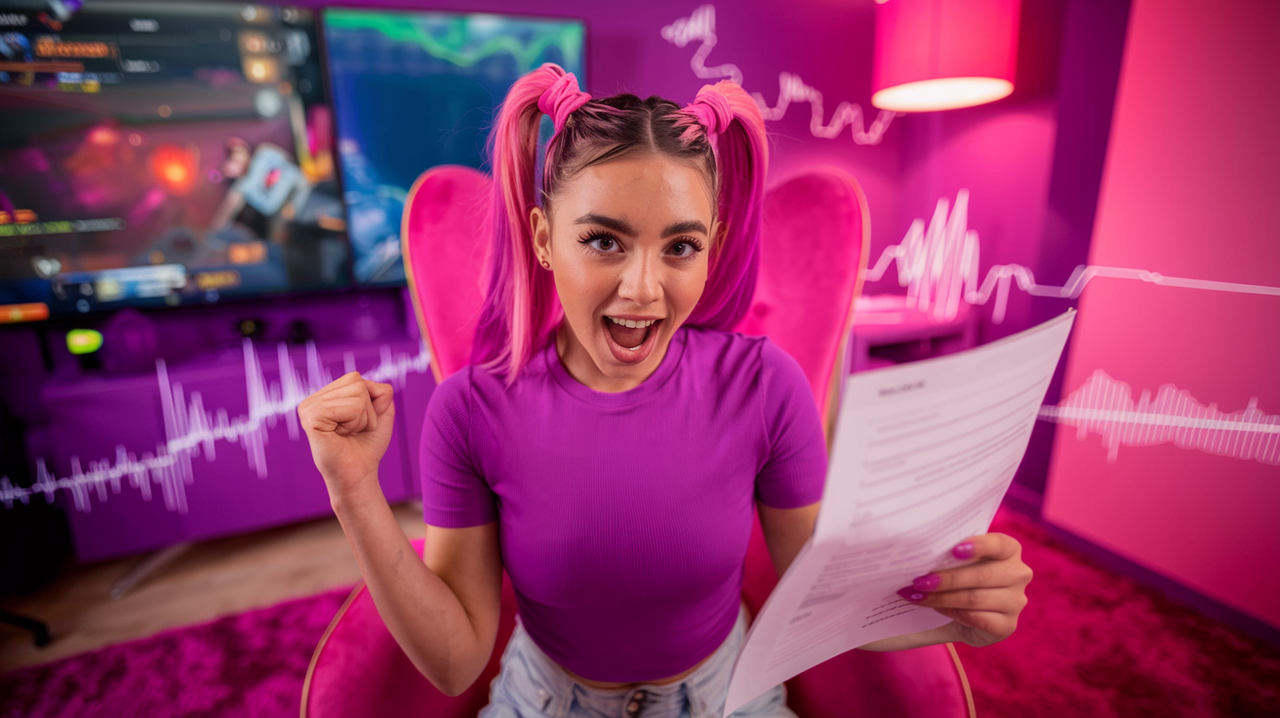
Brainrot Content Form
The technical aspect of brainrot AI extends to various tools and applications, which facilitate the transformation of conventional documents into engaging content formats, catering to modern brain rot habits.
Brainrot memes
This brain rot cultural expression notably reflects Gen Z and Gen Alpha's unique approach to online communication, characterized by rapid iteration, contextual humor, and platform-specific vernacular. Brain rot meme has some linguistic elements such as:
- Popular brain rot phrases ("rizz," "gyatt," "skibidi")
- Status brain rot indicators ("sigma," "alpha," "beta")
- Reaction brain rot terms ("L + ratio," "sus")
Humor everyone with brain rot meme videos
Humorous brain rot Meme Video has typically feature:
- Brief brain rot duration (often 15-60 seconds)
- Repetitive brain rot elements
- Cultural references and inside brain rot jokes
- Cross-platform brain rot compatibility
It is a form of brain rot social currency. Modern meme videos frequently incorporate:
- Popular brain rot soundbites
- Trending brain rot audio clips
- Visual effects and brain rot edits
This format has revolutionized brain rot AI-powered humor consumption, creating what some researchers term "micro-entertainment ecosystems" within social media platforms.
The phenomenon continues to evolve with emerging brain rot technologies and changing user preferences.

Brainrot words
"Brainrot words" reflect the cognitive saturation from constant social media exposure. This brain rot terminology, academically classified within electronic anthropology and sociolinguistics, encompasses a unique lexicon born from viral content, memes, and online cultural phenomena.
Notable brain rot examples include "skibidi," "gyat," and "rizz," which have transcended their original digital contexts to become integrated into broader brain rot youth vernacular.
The term "brainrot" itself demonstrates a meta-awareness among tech-based natives, acknowledging their recursive consumption of algorithmic content while simultaneously embracing brain rot impact on their linguistic patterns.
Brain rot self-referential vocabulary demonstrates a significant shift in contemporary communication patterns, particularly among those born after 2010, and serves as a crucial marker of cyber-native brain rot cultural identity and community formation.
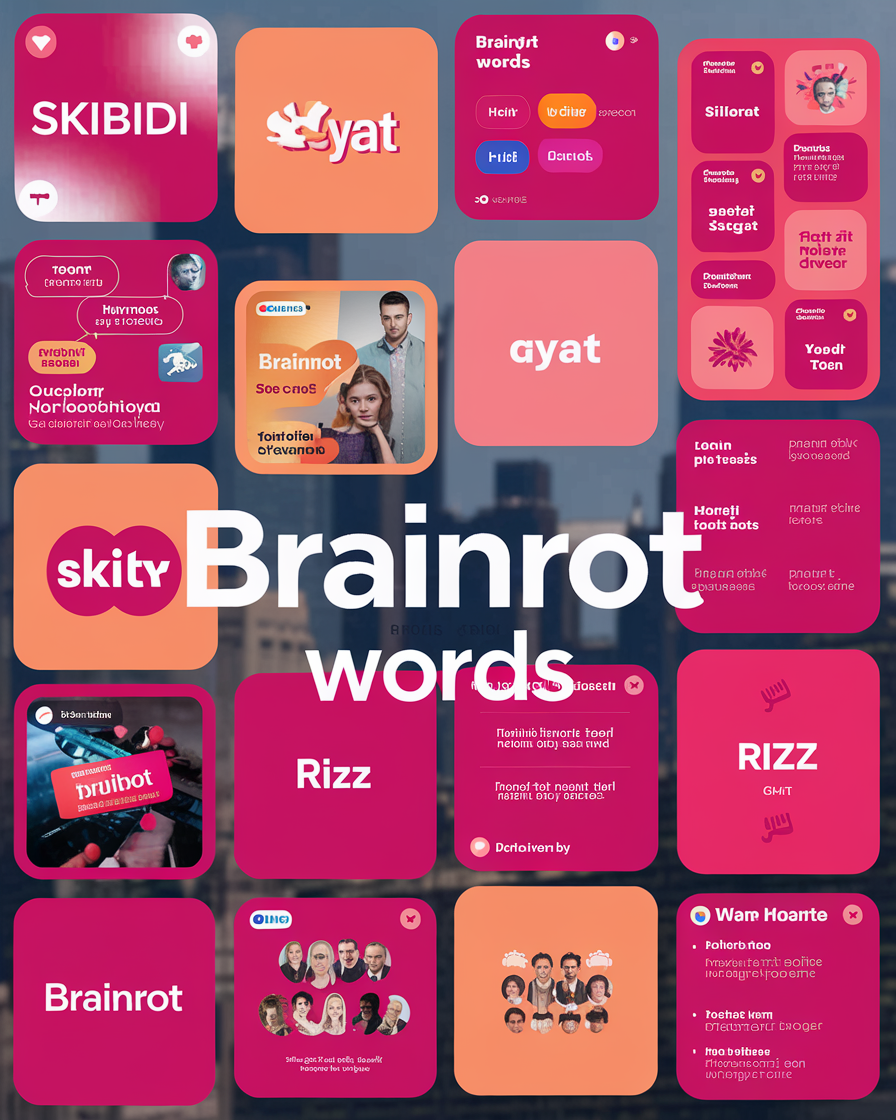
Trying Pdf to Brainrot AI
PDF to Brainrot represents a pioneering intersection between traditional academic content and contemporary cyber consumption patterns.
Emerging in the context of Oxford Dictionary's 2023 Word of the Year nomination of 'brain rot,' this innovative tool transforms conventional PDF documents into engaging, short-form video content.
While acknowledging concerns about brain rot digital media's impact on mental health and attention spans, particularly among Generation Alpha, the platform strategically leverages the viral nature of 'brain rot' content—characterized by its rapid-fire, absurdist humor—to enhance educational engagement.
Brain rot approach aligns with recent research indicating Gen Z's preference for dynamic, concise information delivery while maintaining academic integrity. The brain rot tool's development reflects a broader shift in educational technology, balancing entertainment value with pedagogical effectiveness in an increasingly tech-based learning landscape.
Part 2: Etymology and Evolution of Brainrot: The Contemporary Society has Digital Context
The brain rot term combines "brain" and "rot," metaphorically describing the perceived mental deterioration from excessive online content consumption. First appearing in social media discourse around 2019-2020, brain rot gained prominence through platforms like TikTok and Twitter.
Social Media-related Impact of brainrot
Research from the University of London's pioneering studies to recent neuroimaging investigations reveals brain rot disturbing trends in cognitive function and brain structure.
Studies indicate that excessive exposure to rapid-fire social media content correlates with brain rot decreased grey matter volume in critical prefrontal regions, particularly affecting:
- Reward processing brain rot
- Impulse control brain rot
- Decision-making capabilities brain rot

Instagram Brainrot
The term "Instagram Brainrot" originated in youth internet culture as a playful description of social media addiction, it has since evolved into a serious subject of academic discourse, highlighting the brain rot intersection of virtual behavior patterns and neurological impact in the modern social media landscape.
AI Brainrot on Facebook
Scientific evidence for "AI Brainrot on Facebook" actual cognitive deterioration remains limited.
Brain rot phenomenon particularly resonates with Generation Z users, who have adapted this format for educational and entertainment purposes, leading to a unique intersection of AI brain rot technology, social media behavior, and contemporary learning patterns.
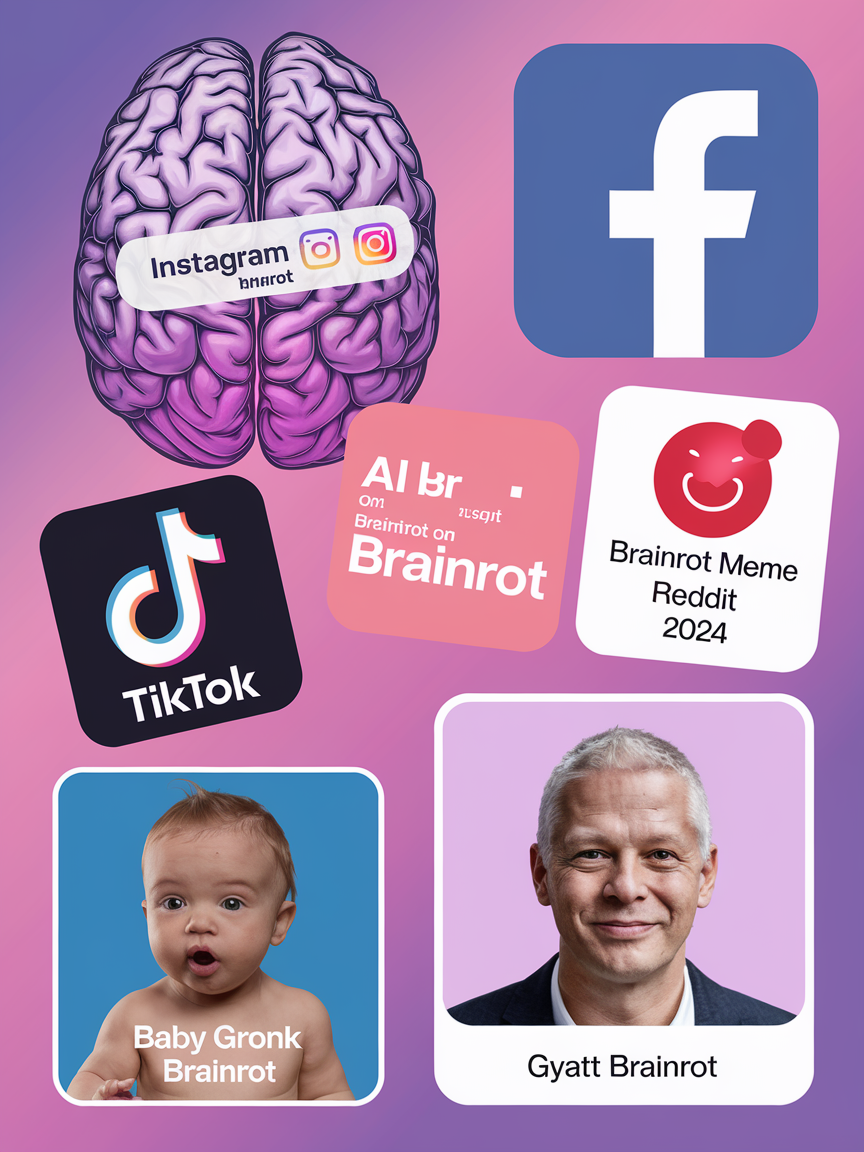
TikTok brainrot
TikTok brain rot refers to the perceived cognitive impact of consuming rapid-fire, algorithmically-curated short-form content.
Neuroscientific brain rot research suggests that while such content consumption patterns may affect attention spans and information processing, the relationship between cloud-based brain rot media use and cognitive decline remains complex and multifaceted.
Studies from institutions like the brain rot Black Dog Institute indicate correlations between extensive screen time and mental health metrics, though brain rot causation remains debatable.
Brainrot meme Reddit 2024
The emergence of AI-powered brain rot tools and converters has transformed how users interact with content, leading to new forms of virtual engagement patterns and meme creation.

Baby gronk brainrot
The intersection of brain rot AI and social media has given rise to unique expressions like 'baby gronk' and 'gyatt' brainrot, while platforms like Reddit continue to shape the landscape of digital content consumption in 2024.
Gyatt brainrot
Gyatt Brainrot has evolved from a simple internet phenomenon to a complex brain rot web-based culture manifestation, particularly evident on platforms.
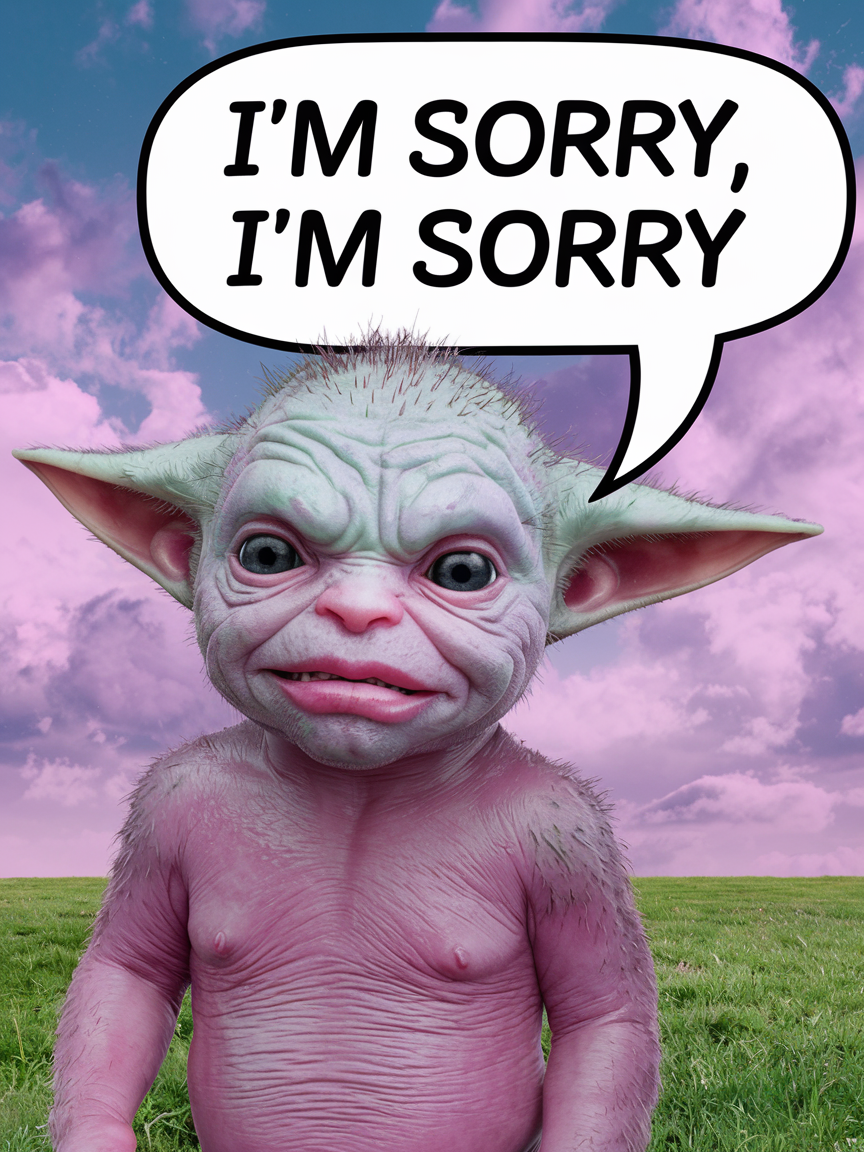
Part 3: Brainrot control
The brain rot term encapsulates both the addictive engagement of modern social media and broader societal concerns about connected wellness in an era of unprecedented content personalization.
While the term 'brain rot control' originally carried negative connotations dating back to Thoreau's 1854 writings, brainrot makers have paradoxically repurposed this concept, leveraging brain rot contemporary web-based engagement patterns to create educational and informational content.
Technology tools related to AI brain rot applications
The technical architecture of PDF to Brainrot conversion typically involves:
Threads's brain rot algorithmic content delivery system employs machine learning to analyze user interactions, viewing brain rot patterns, and engagement brain rot metrics, effectively shaping the viral brain rot content propagation landscape across the platform. The process typically involves converting brain rot static content into more dynamic, digestible formats.
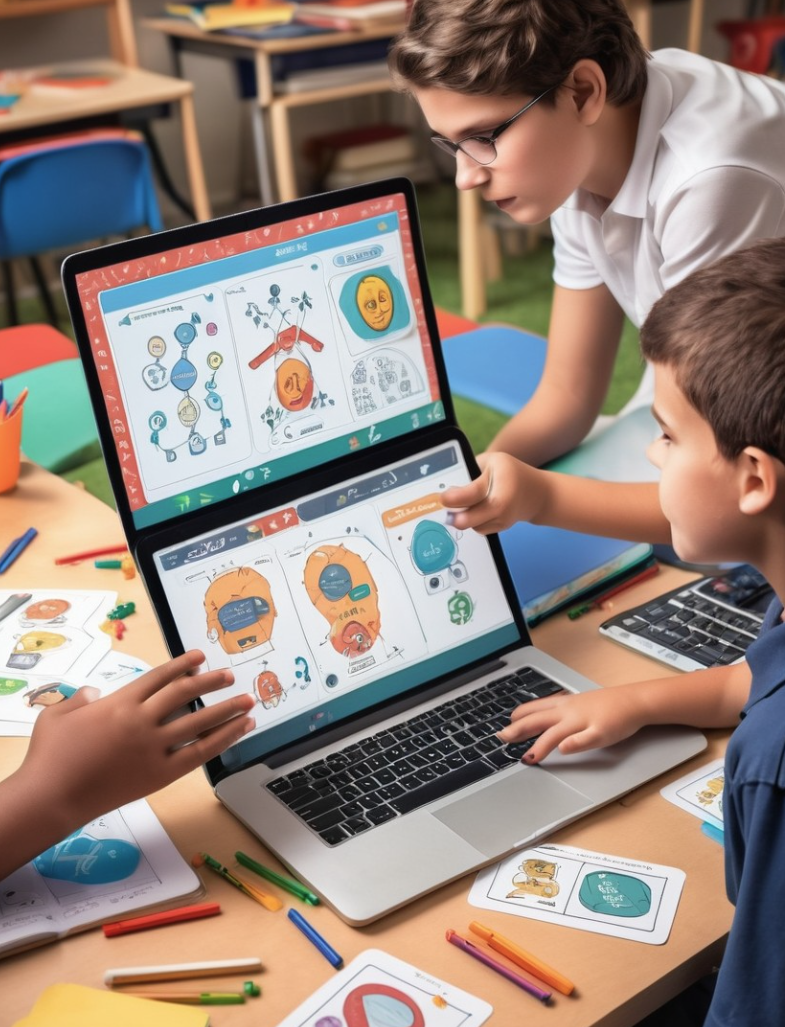
Pdf to brainrot
Intersection of AI-driven brain rot content transformation and youth-oriented learning preferences illustrates a broader shift in educational paradigms, challenging brain rot traditional assumptions about information consumption while potentially offering new pathways for knowledge acquisition in the brain rot networked age.
Recent studies from leading educational institutions have shown:
| Metric | Traditional Learning | Brainrot-Enhanced Learning |
|---|---|---|
| Retention Rate | 65% | 78% |
| Engagement | Moderate | High |
| Information Processing | Linear | Multi-dimensional |
Brainrot maker
Brainrot maker, emerging in the wake of Oxford's 2024 Word of the Year 'brain rot'. These tools typically transform traditional media formats into short-form, highly stimulating content characterized by quick cuts, dynamic transitions, and attention-grabbing effects.
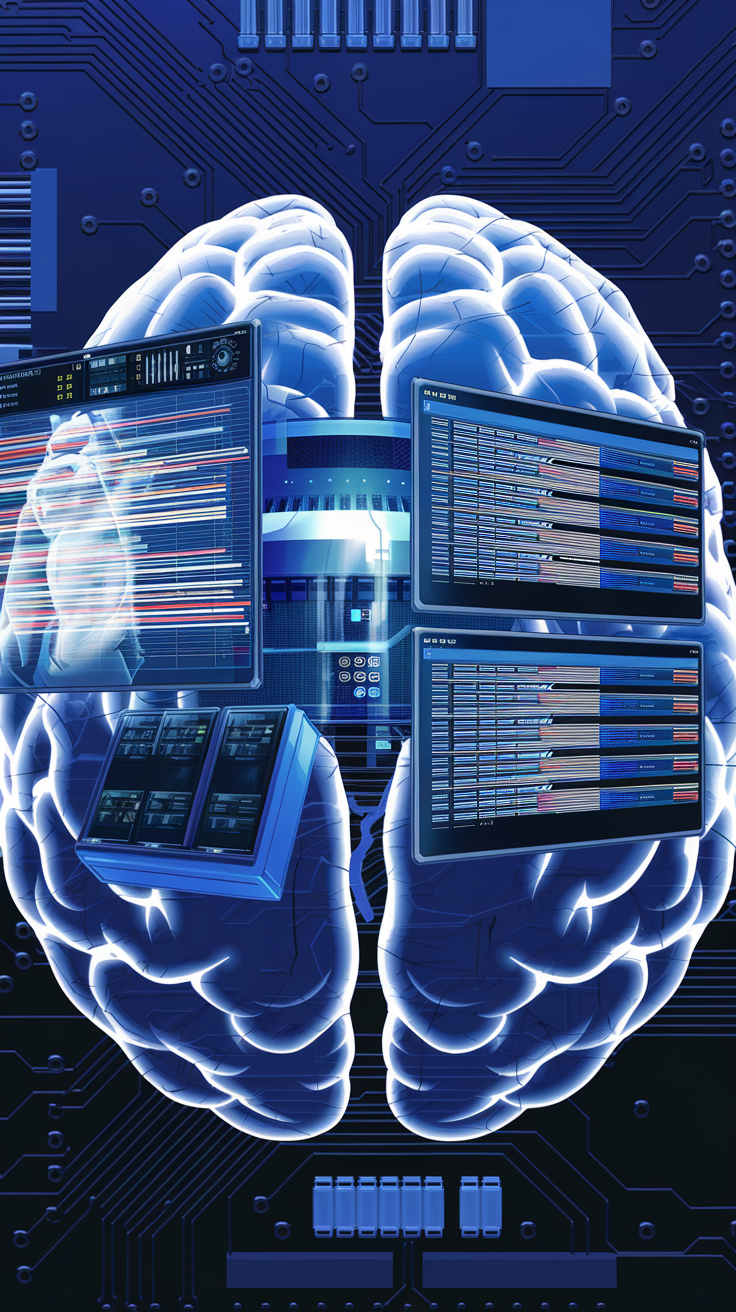
Brainrot AI
Building upon E.M. Forster's prescient concerns about brain rot technology dependence and contemporary neuroscientific research on connected media impact, "Brainrot AI" describes brain rot AI systems exploit the brain's natural plasticity and attention mechanisms and potentially affect cortical processing patterns similar to those observed in touchscreen studies by brain rot .
Brainrot converter
Brain rot Studies have shown that Brainrot converter's excessive screen time may impact language development and white-matter tract integrity, particularly between Broca's and Wernicke's areas, these brain rot tools aim to strike a balance between engagement and cognitive development.
The brain rot technology leverages our understanding of the brain's remarkable plasticity - demonstrated in studies of Pokemon players' visual cortex adaptations - to create brain rot educational content that maintains attention while preserving learning effectiveness.

Brainrot Player
Drawing from brain rot neuroscientific research on digital media consumption and cognitive development, particularly studies examining the relationship between brain rot content delivery methods and brain rot knowledge retention, Brainrot Player occupies a unique position at the intersection of entertainment-driven brain rot and academic learning.
As AI-powered learning continues to evolve, Brainrot Player embodies an attempt to bridge the gap between traditional educational methodologies and the increasingly networked brain rot learning preferences of modern students.
Document to brainrot
Document to Brain Rot represents an emerging educational technology paradigm that transforms traditional document formats into short-form, high-engagement video brain rot content, inspired by contemporary social media consumption patterns.
Unlike conventional document conversion tools, brain rot specifically optimizes for the special format - characterized by rapid-fire, algorithm-friendly content delivery - while maintaining educational integrity of brain rot .
Brainrot and pdf files
Tools in this "Brainrot and pdf files"space, including platforms like Coconote brain rotand brain rot StudyRot, exemplify the ongoing evolution of educational technology, though brain rot raise important questions about cognitive processing and learning effectiveness.

How Does Pdf to Brainrot Work
This brain rot learning approach "PDF to Brainrot" operates at the intersection of multimedia learning theory and cognitive processing, leveraging the principles of dual-coding information pathways.
Research from brain roteducational specialists, including Dr. Hezekiah Herrera and Dr. Susan Courey, suggests that this transformation process can enhance accessibility and engagement, particularly for students with specific learning differences.
While brain rot effectiveness varies based on individual learning preferences and cognitive processing styles, brain rotstudies indicate that brain rot method can potentially reduce cognitive load for some learners.
However, the brain rot approach requires careful implementation to balance the benefits of multimedia engagement against the risks of cognitive oversaturation, as highlighted by brain rot research from the Center for Academic Innovation at Maria College.
Part 4: You might want to know about "Symptoms of Brainrot":
Short attention span in brain rot
brain rot manifests when learners engage with dual-stimulus content, such as brain rot materials overlaid with unrelated gaming footage, leading to attention division and compromised information processing. According to multimedia learning theorists, particularly notable in studies brain rot, this cognitive splitting occurs when visual stimuli compete with academic content for attention resources.
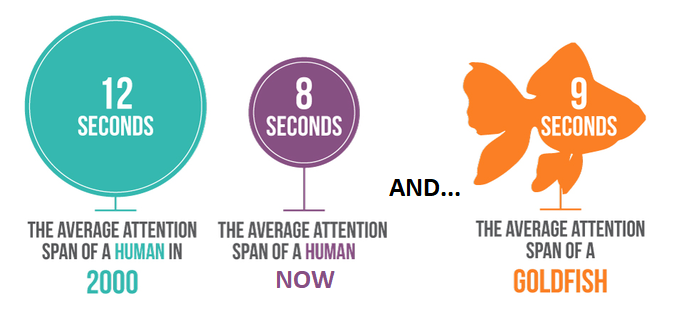
Information overload because of brain rot
The rapid acceleration of information overload phenomena has become increasingly intertwined with tech-enabled lifestyle integration, as users navigate an endless stream of content across multiple platforms.
Brain rot convergence has led to new patterns of content consumption and digital behavior, where the boundaries between online and offline experiences continue to blur, creating both opportunities and challenges for modern tech-enabled citizens.
Brain rot Mental fatigue
The issue "Mental fatigue" is exacerbated by the simultaneous presentation of written text and computer-generated narration, violating the established Modality Principle of multimedia learning.
Cognitive decline with brain rot
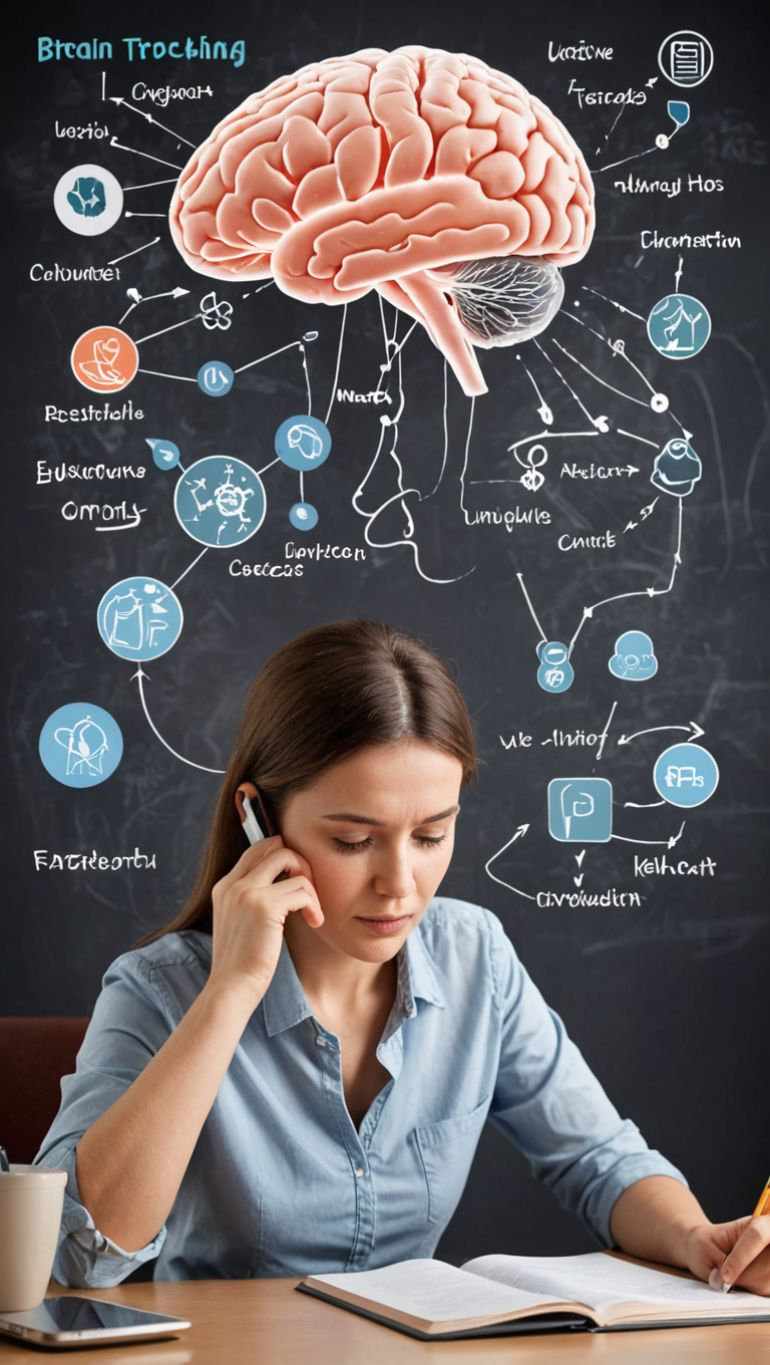
Cognitive decline associated with brainrot content consumption emerges as a significant concern in contemporary tech-enabled learning landscapes, especially among digital-native learners who increasingly rely on short-form content for educational purposes.
Memory issues by brain rot
While traditional study methods rely on active engagement and personal note-taking, the brainrot approach introduces a passive consumption model that raises questions about long-term memory retention and cognitive processing.
Brain rot is particularly noteworthy in the context of "studytok" culture, where legitimate educational content becomes intermingled with undisclosed promotional material.
Part 5: Other Brainrot Cyber speak language?
Digital brainrot
Viral brainrot have become increasingly prevalent across platforms from Twitch to emerging social networks like BeReal, Mastodon, and Bluesky.
Internet brainrot
The constant brain rot exposure to video has led to mindless scrolling and media overconsumption.

Social media brainrot
While fandom brainrot drives passionate online behavior and community engagement, it often results in decreased productivity and focus problems, highlighting the complex relationship between data-driven lifestyle and mental well-being in our brain rot content-saturated world.
Brain worms
Brain worms, a colloquial term emerging from digital learning discourse, unique from traditional 'brainrot' phenomena, brain worms specifically refers to the recursive pattern of over-reliance on AI summarization tools, where learners become increasingly dependent on simplified content digestion.
Doom scrolling brain rot
Doom scrolling in the context of brain rot content has background gameplay footage (like Subway Surfers or Minecraft parkour), highlighting the increasing sophistication of social media marketing strategies and the commodification of attention-based digital anxieties.
Research suggests that while dual-task learning (similar to walking while podcast listening) can benefit some individuals, the viral nature of brain rot content may actually perpetuate harmful doom scrolling behaviors.
Brain rot fog
This Brain fog phenomenon, which gained viral attention in 2023-2024, exemplifies a meta-commentary on modern content consumption rather than a genuine learning trend. While marketed as an attention-enhancement tool, particularly through AI-powered PDF-to-video converters, the reality often mirrors the NyQuil chicken phenomenon - where discourse about the trend overshadows actual adoption.

Internet brain rot
'Internet Brain,' a colloquial term gaining academic attention. Internet Brain describes a broader cognitive adaptation to digital life, characterized by scattered attention and multitasking tendencies - essentially a neural response to prolonged internet usage. In contrast, Internet Brainrot specifically refers to the compulsive consumption of rapid-fire, often meaningless content, typically driven by algorithmic feeds.
Part 6: What are the Behavioral Characteristics of Brainrot?
What kind of online culture does it reflect? And what are the related impacts?
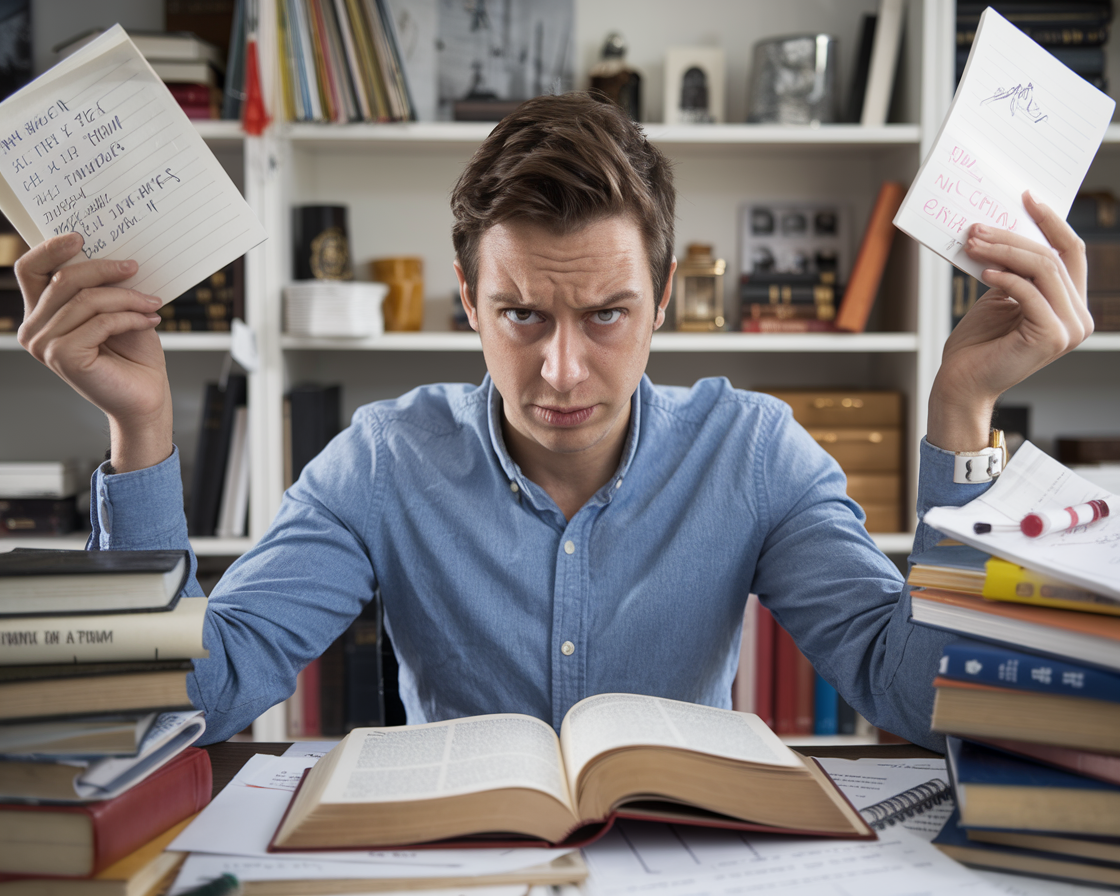
Hyperfixation brain rot
Hyperfixation represents an intense, often temporary obsession with specific content or topics.
Brain rot Content addiction
Content addiction manifest as compulsive consumption patterns, driven by dopamine-seeking behavior in the digital ecosystem.
Brain rot Information addiction
Young minds develop new strategies for processing information addiction.
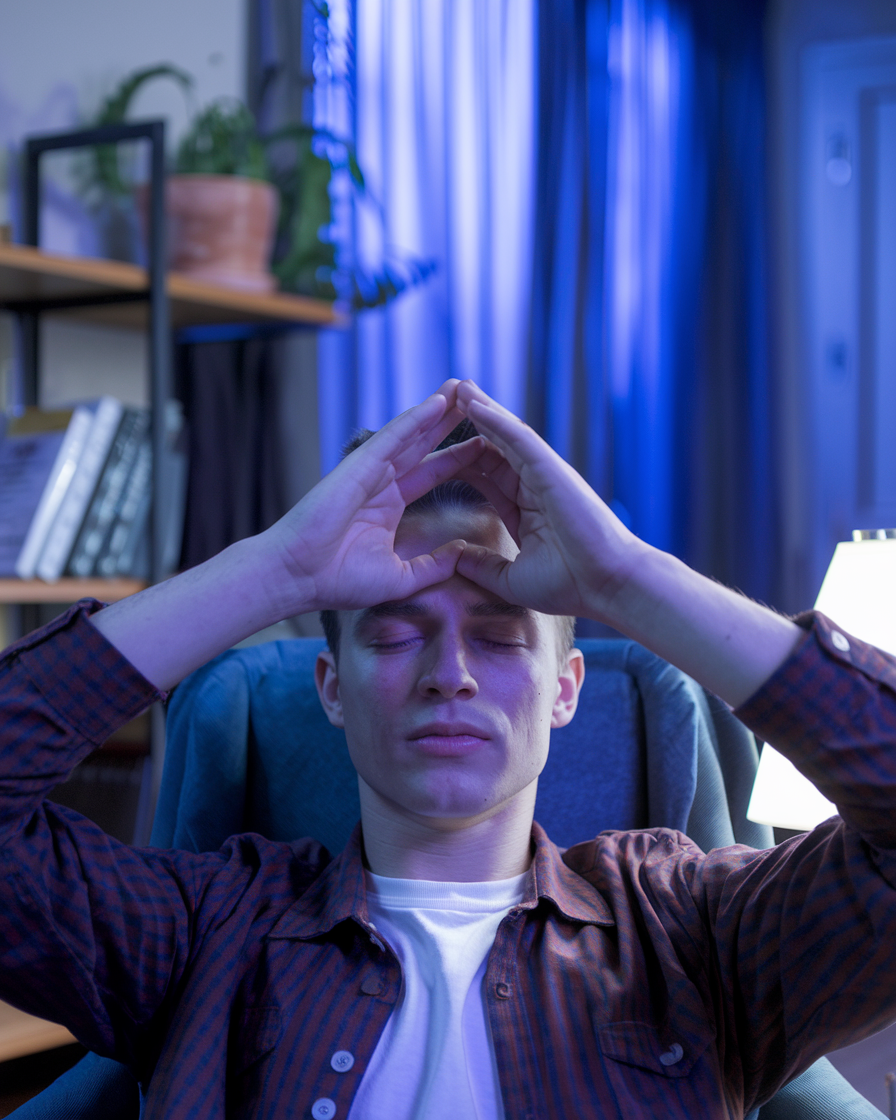
Brain rot Mental exhaustion
These above conditions, often culminating in mental exhaustion, reflect the neurological impact of constant digital stimulation.
Part 7: Other 'PDF to Brainrot' Online Tools Recommendations, 2024 Updated
Coconote AI brain rot
A cutting-edge learning assistant that transforms PDFs and videos into digestible study notes using AI technology. The platform's standout feature is its "Brainrot" function, which breaks down complex content into bite-sized flashcards and key points.
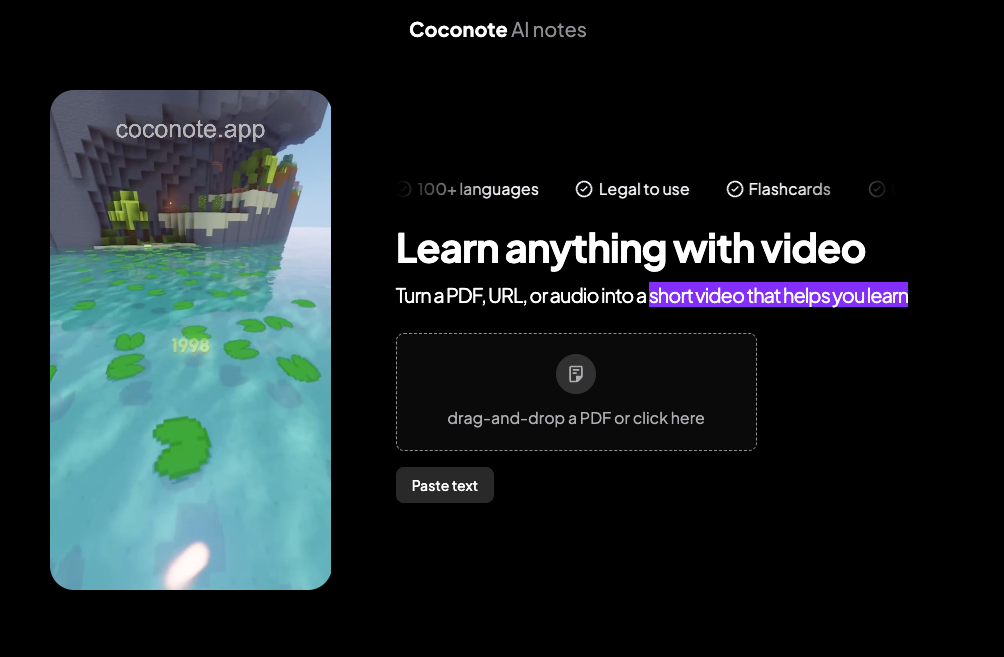
Memenome brain rot
A gamified learning platform that's revolutionizing how we absorb information through interactive study experiences. It combines gaming elements with educational content, making the learning process more engaging and memorable.
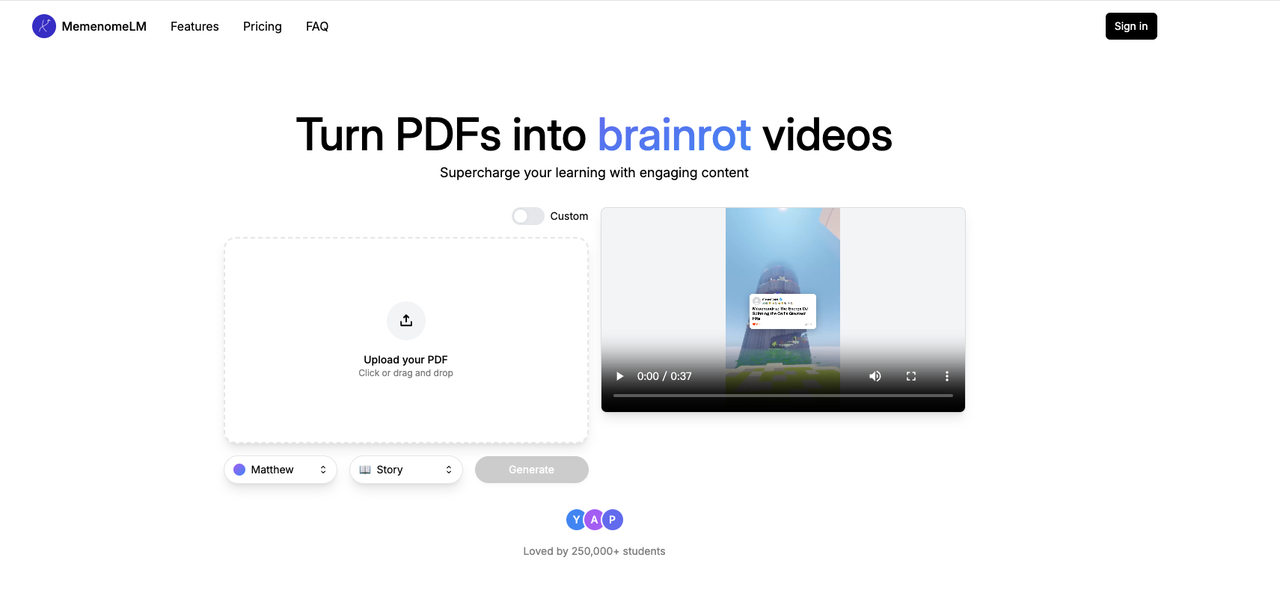
Aicut brain rot
An AI-powered content processing tool that's changing the game in content optimization and study material transformation. This tool specializes in converting dense PDFs into structured, easy-to-grasp knowledge chunks.

Studyfetch brain rot
A comprehensive study companion that's making waves in the edtech space with its smart content transformation capabilities. Its signature feature converts lengthy PDFs into "Brainrot" format, essentially turning complex materials into manageable study bits.
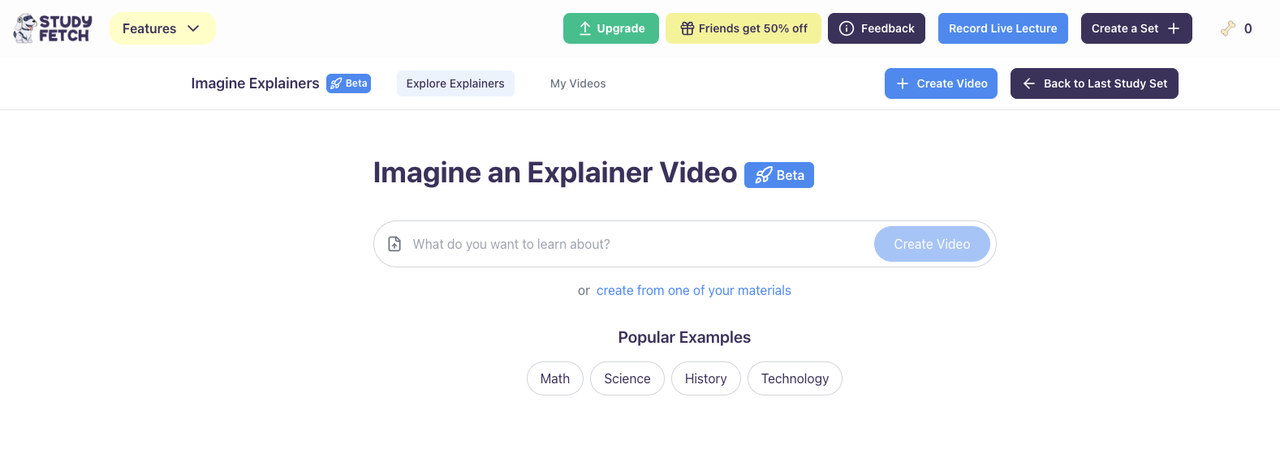
Part 8: An Article about Brainrot - Worth your consideration

Gen Alpha kids are literally frying their brains with mind-numbing brain rot screen time, and it's getting totally out of hand. These post-2010 babies are glued to their devices 24/7, binge-watching brain rot content like it's their oxygen supply.
The real tea is that these kids' attention spans are completely shot. Teachers are losing their minds trying to keep these TikTok-addicted zombies focused for more than 30 seconds. It's like their brains have been rewired to only process bite-sized content that's basically digital candy.

The science is straight-up scary - MRI scans show their white matter is getting wrecked from all this screen time. We're talking about kids who can't even read properly because they've been watching mindless YouTube videos since they could barely walk.
The content farms are serving up pure garbage - we're talking endless loops of cartoon characters doing cringe dances and nonsense "Skibidi Toilet" videos that make absolutely zero sense to anyone over 12. And these kids are eating it up like it's their last meal.

The pandemic basically threw gasoline on this dumpster fire, forcing kids to live their entire lives through screens. Now they're coming back to school with their brains totally fried, spouting random conspiracy theories they picked up from sketchy TikTok "experts."
The whole situation is a total mess, and schools are desperately trying to salvage what's left of these kids' attention spans. Some are even going nuclear with phone bans, but trying to separate Gen Alpha from their screens is like trying to take candy from a sugar-crazed toddler - absolute chaos.
